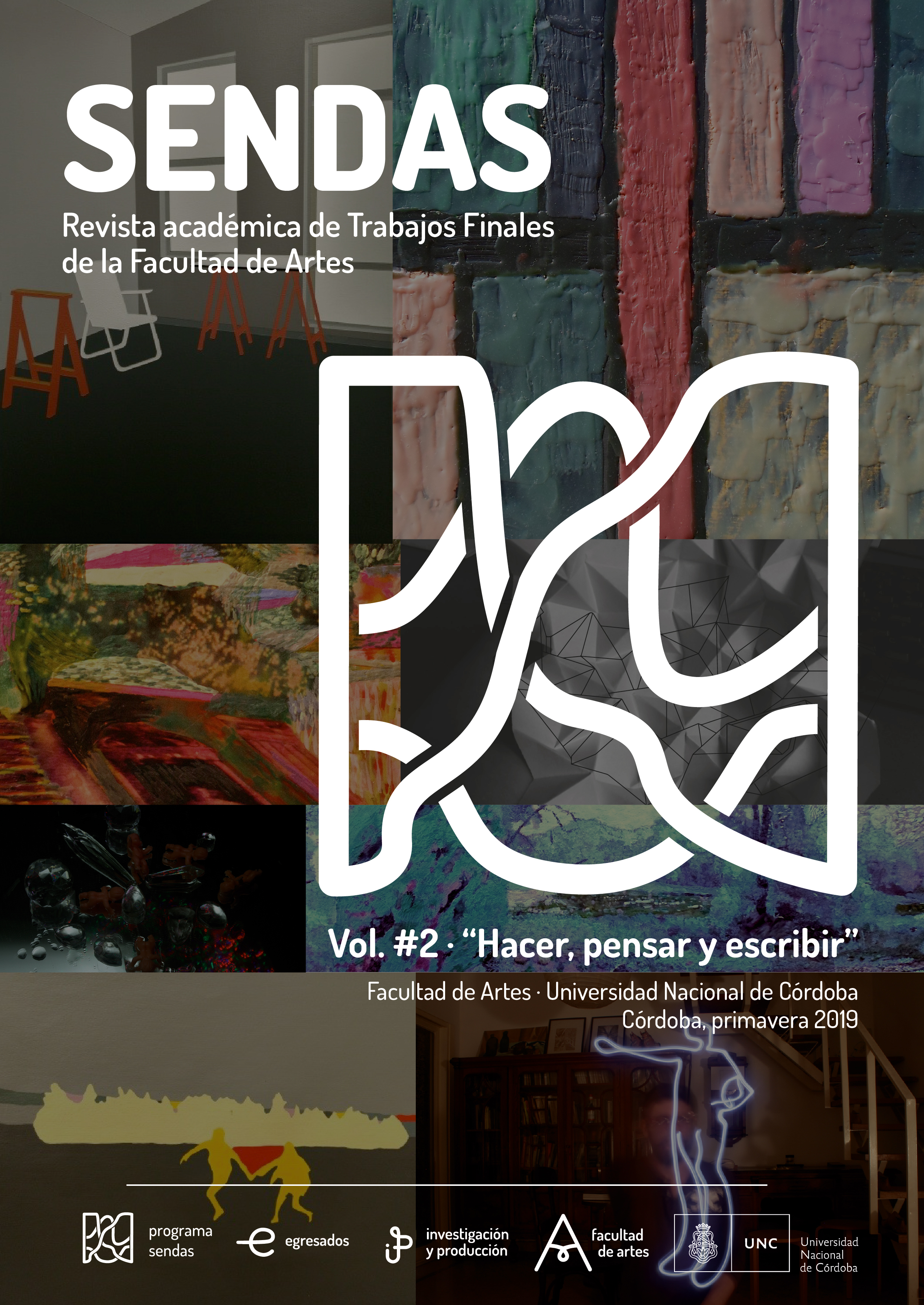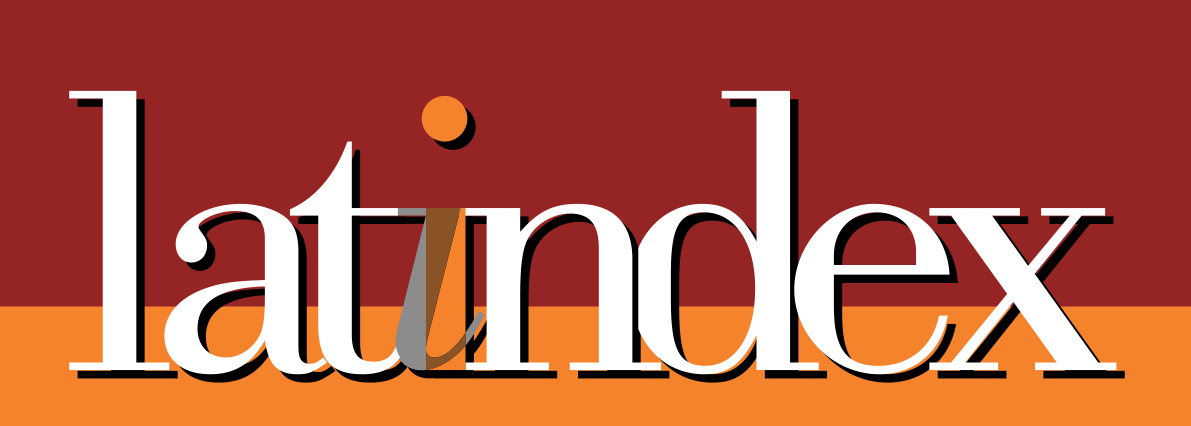Intonation on the violin
a compromise between science, art and musical intuition
Keywords:
Intonation in the violin, musical context, tuning system, musical intuitionAbstract
The objective of our work was to investigate the intonation in the violin, in relation to its sonorous, musical and general context, knowing and integrating some laws of acoustics and psychoacoustics, applying the technical principles in relation to the practice, and putting all this knowledge in function of the musical work. For this we carried out a search of bibliography and of articles that could approach the subject from a wide and diverse look, and on the basis of them we carried out a task of empirical verification in the application of each one of the principles. In this sense, the recorded record of the preparation process of the Recital and Thesis Concert (Villafañe, 2017), and the subsequent feedback between reflection and practice, allowed us to arrive at conclusions. In this paper, we will try to prove that the practical application of the different systems of theoretical tuning is unfeasible and inconvenient within the professional activity of the violinist. The strict and rigid implementation of these guidelines often force the musician to ignore his own musical intuition, preventing him from recognizing the sound context in which he is working, causing disconnection with it, and consequently the lack of certainty in the performance. Explaining the importance of the handling of intonation in the violin, as a form of global and holistic understanding of the sonorous and musical context, is of vital importance for the formation of musicians since, in the last instance, the theory of intonation must be in function of the musical work and not as an end in itself.
Downloads
References
Curtin, J. and Rossing, T. D. (2010). Violín. En T. D. Rossing (Ed.), The Science of String Instruments (pp. 209-244). New York, USA: Springer Science+Business Media.
Goñi, M. (1987). Registro del sonido. Barcelona: Nueva lente.
Ladefoged, P. (2001). Vowels and Consonants: An Introduction to the Sounds of Language. Maldern, MA: Blackwell.
López-Cano, R y San Cristóbal Opazo, U. (2014). Investigación Científica en Música. Problemas, métodos, experiencias y modelos. Barcelona.
Mostras, K. (1962). Esquemas sistémicos de la entonación del violín. Moscú: Editorial musical estatal, segunda edición.
Nedospasov, S. (1994). El temperamento y la percepción de la música. Moscú: Editorial Board.
Orantes, J. L. (1983). Leyes físicas de la acústica musical. Nueva Revista de Enseñanzas Medias, (2), 87-93. Recuperado de https://pdfs.semanticscholar.org/df46/ba6fadc5825b9f27f615aeebba8024ad60db.pdf
Parncutt, R. (2007). Can researchers help artists? Music performance research for music students. Music Performance Research, 1(1), 13-50. Recuperado de http://citeseerx.ist.psu.edu/viewdoc/download?doi=10.1.1.629.7271&rep=rep1&type=pdf
Rodríguez, E. (2010). Afinaciones y Temperamentos: Historia y Presente. Recuperado de https://www.academia.edu/19183187/AFINACIONES_Y_TEMPERAMENTOS_Historia_y_presente
Roederer, J. (1997). Acústica y Psicoacústica de la Música. Buenos Aires, Argentina: Melos (Ricordi Americana).
Schaeffer, P. (1988). Tratado de los objetos musicales. Madrid: Alianza.
Villafañe, Nicolás Alberto. (2017). La Afinación en el Violín. Córdoba: Inédito.
Zager, M. (2011). Music Production: For Producers, Composers, Arrangers, and Students. Lanham: Scarecrow Press.
Zamacois, J. (1975). Teoría de la música, Libro II. Barcelona: Labor.
Downloads
Published
How to Cite
Issue
Section
License
Copyright (c) 2019 Sendas

This work is licensed under a Creative Commons Attribution-NonCommercial-ShareAlike 4.0 International License.
Commercial use of the original work and any derivative works is not permitted, and distribution of derivative works must be made under a license equal to that which governs the original work.















